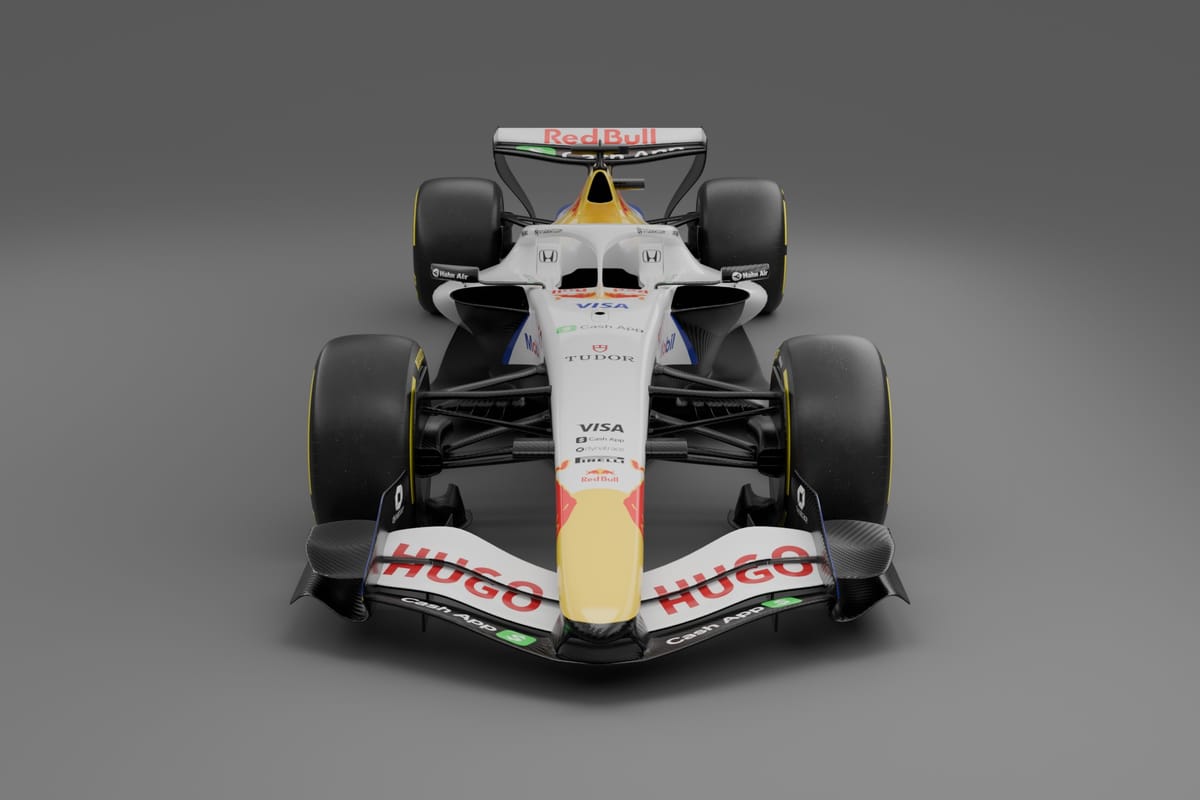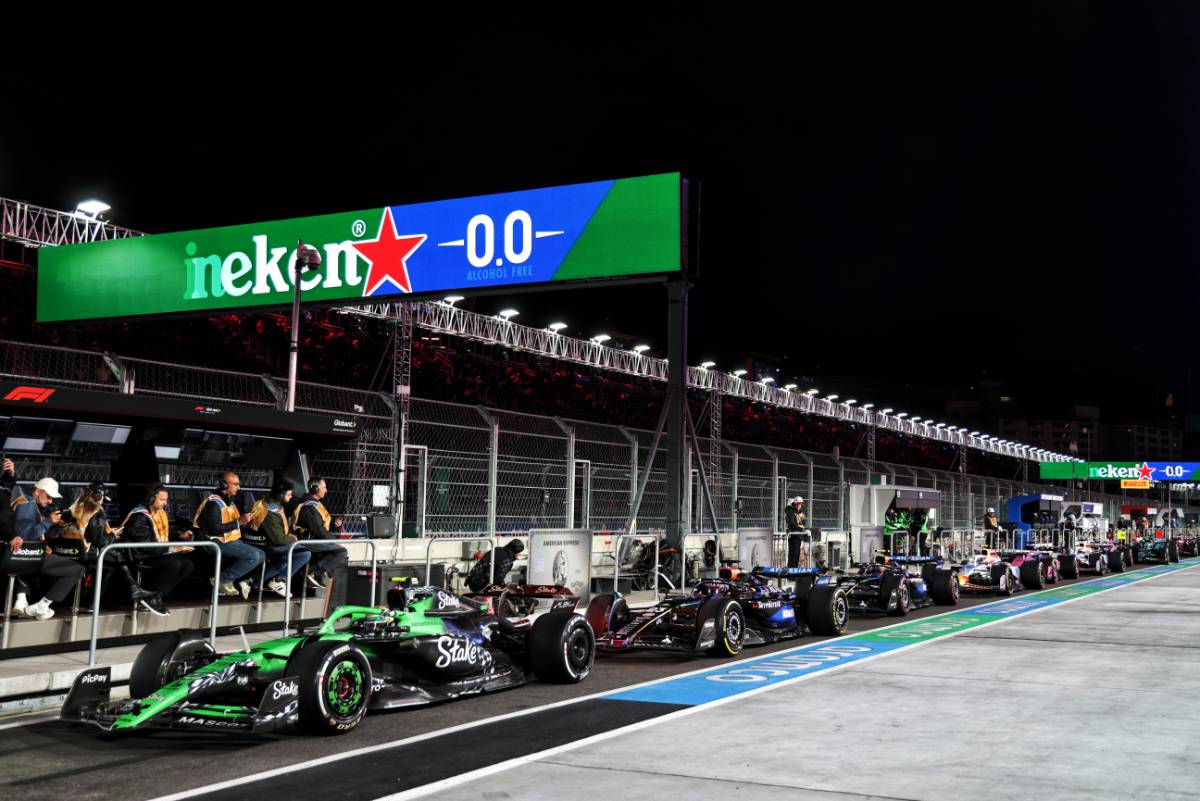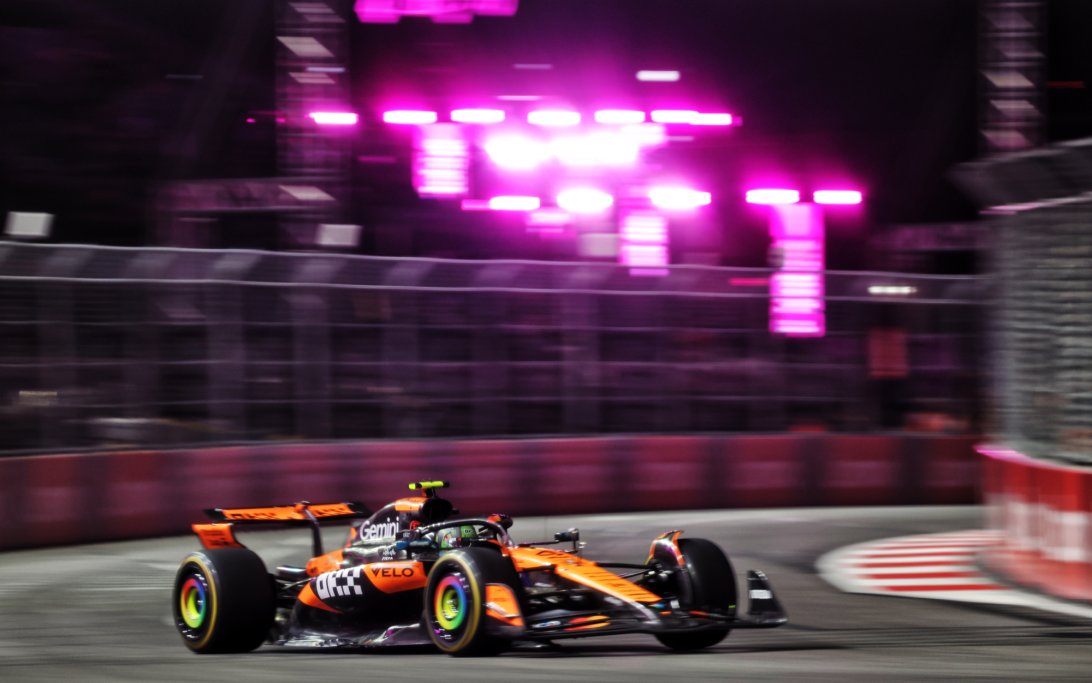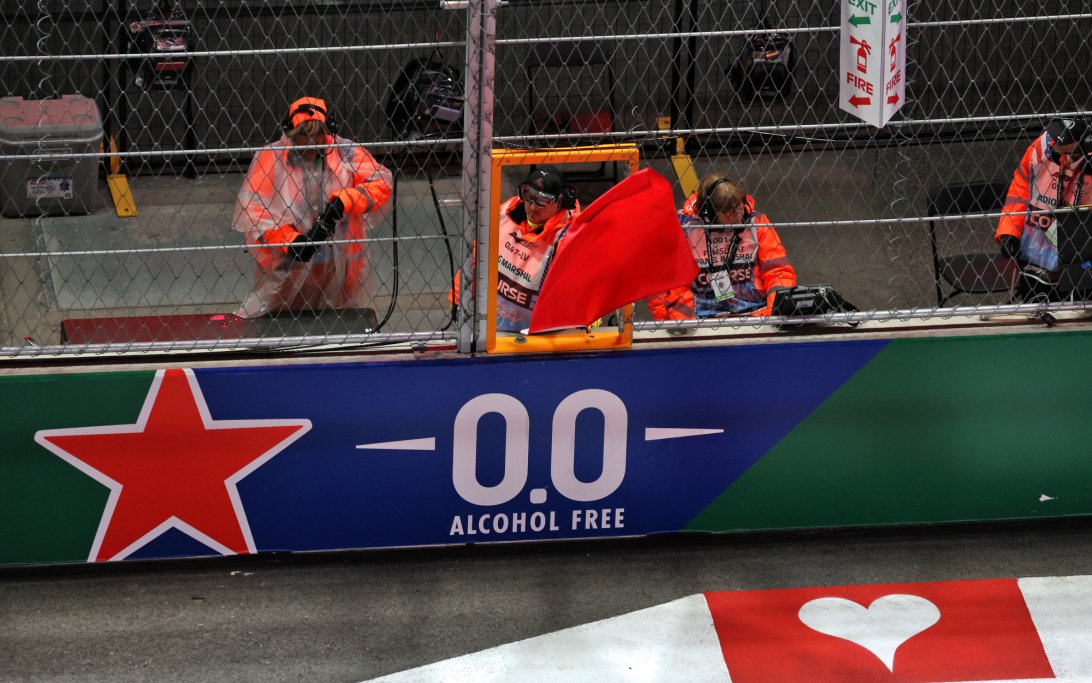
FIA Rejects 'F2 Pace' Claims for 2026 F1 Cars
The FIA's single-seater director, Nikolas Tombazis, has strongly refuted recent suggestions that the 2026 Formula 1 cars will perform at a level closer to Formula 2 machinery. This comes after Racing Bulls driver Isack Hadjar, and Aston Martin's Jak Crawford, shared simulator experiences implying a significant pace reduction.
Why it matters:
Speculation about the 2026 regulations has fueled concerns about a potential drop in F1's prestige and speed. The FIA's clarification is crucial for maintaining confidence in the sport's future, ensuring that the new era of cars, with their radically altered power units and aerodynamics, will still deliver the high-performance spectacle expected from Formula 1.
The Details:
- Simulator Feedback: Racing Bulls' Isack Hadjar, after a driver-in-loop simulator session, claimed the 2026 cars felt "closer to an F2" in terms of performance. Aston Martin's Jak Crawford echoed the sentiment regarding driving similarity but did not comment on outright pace.
- FIA's Stance: Nikolas Tombazis dismissed these claims as "way off the mark," stating that FIA simulations project a lap time reduction of only one to two seconds compared to current F1 cars, depending on the track and conditions.
- Regulation Intent: Tombazis explained that starting a new regulation cycle with slightly slower cars is a deliberate strategy. This allows for natural development to gradually increase speeds over the cycle, preventing an unsustainable escalation of performance over decades.
- Bahrain Reference: Using the Bahrain circuit, current F1 cars were approximately 15 seconds faster than F2 cars this year. With a projected one-to-two-second reduction, the gap would still be around 13 seconds, far from F2 pace.
- Power Unit Changes: The 2026 cars will feature new power units with a near 50/50 split between conventional V6 and electrical power, making energy management a critical performance factor.
- Aero Design: Chassis regulations aim to drastically reduce drag, incorporating adjustable aero that flattens front and rear wings on straights before switching to a high-downforce mode for corners.
- Team Support: Red Bull chief engineer Paul Monaghan supported Tombazis, noting that lap time deficits will vary by track due to differing opportunities for energy harvesting. He also highlighted uncertainties regarding real-world aero performance and final Pirelli tire specifications.
What's next:
While initial adjustments are expected, the FIA is firm that the 2026 cars will maintain a significant performance gap to F2. Teams will continue development, focusing on optimizing energy management and aerodynamic efficiency. The true test will come as physical prototypes emerge and real-world testing begins, but the current outlook from the sport's governing body is one of controlled evolution, not radical performance regression.
Original Article :https://www.the-race.com/formula-1/not-f2-pace-fia-hits-back-at-latest-2026-f1-f...








